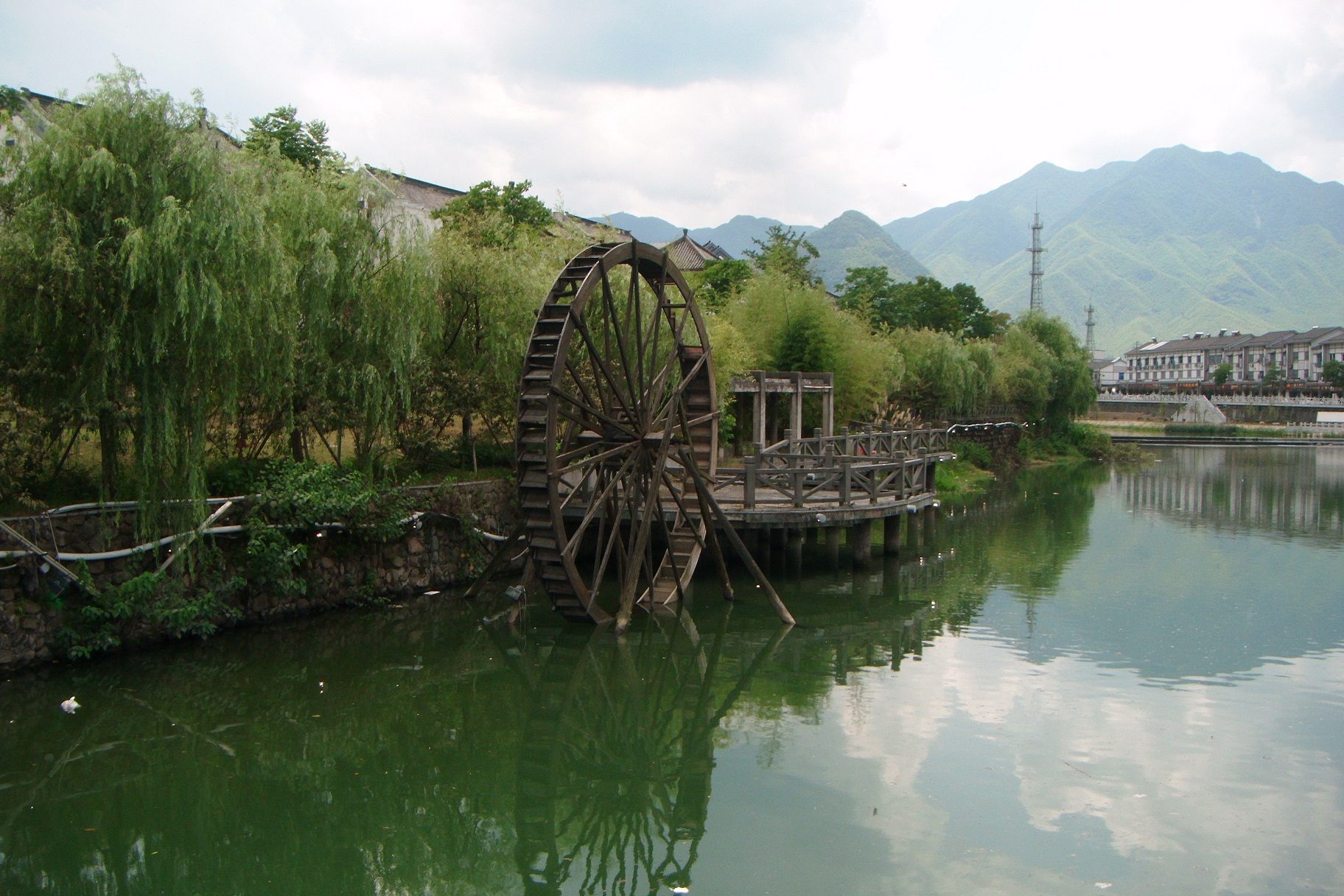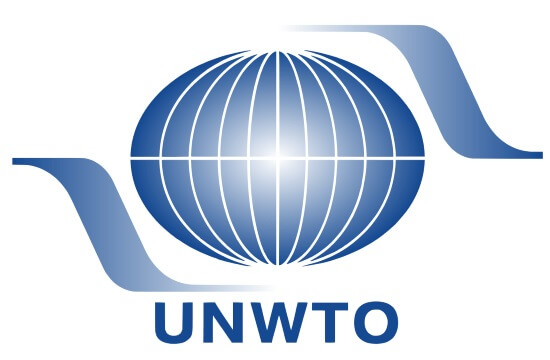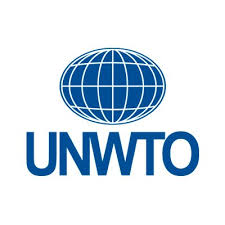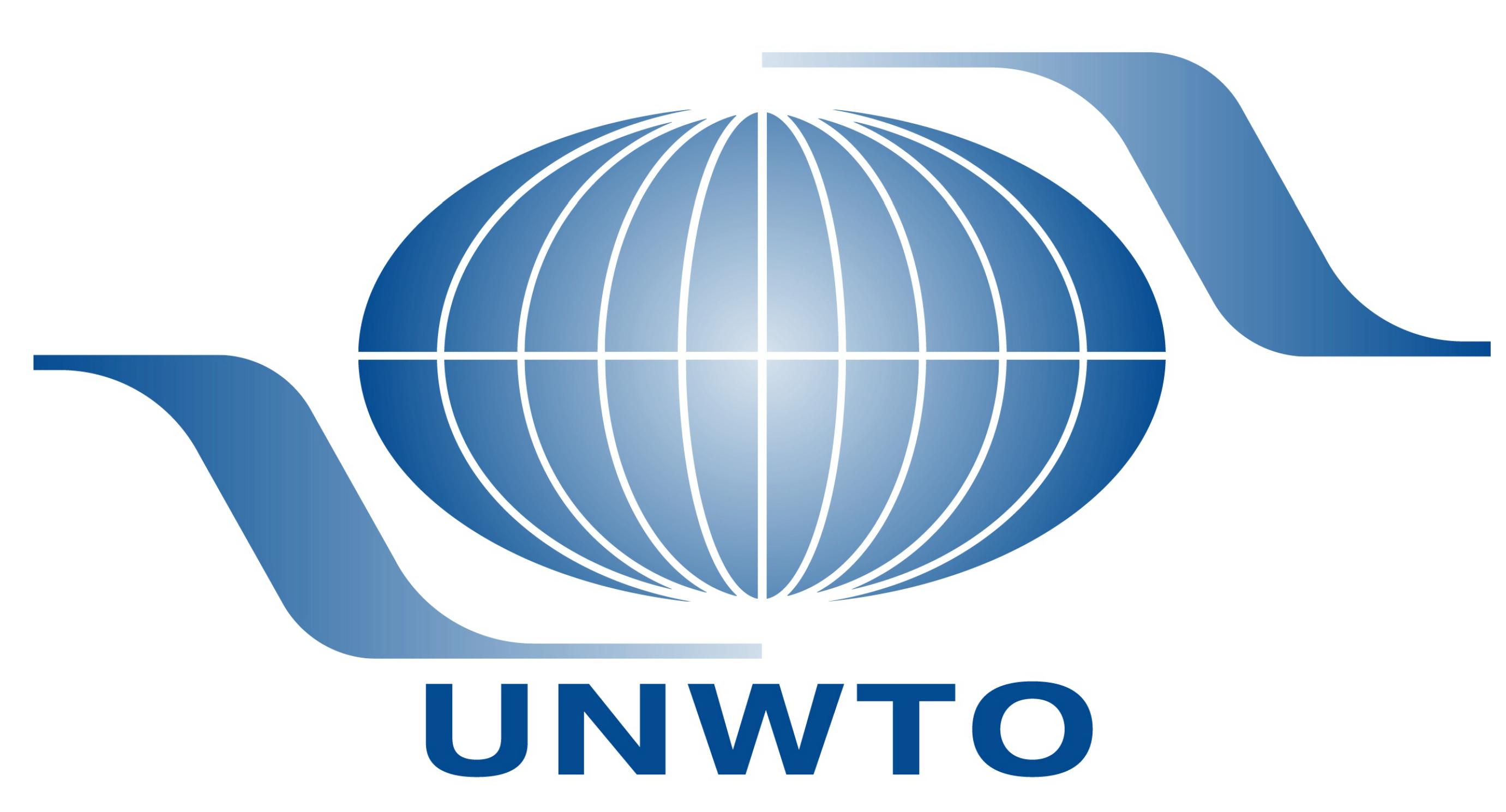
Rural Tourism: Sharing the Countryside
(Huzhou, China) – Interest in Asia Pacific rural tourism has spiked in recent decades, much like country
retreats did in 19 th -century Victorian England, and for similar reasons. The growing urban Asian
population is seeking to escape their pressure-filled, yet often mundane city life, and are increasingly
turning to leisure and relaxation holidays in the countryside.
However, the Asia Pacific faces a much different situation today than Thomas Cook in the 1850s. To
explore this organically rising phenomenon, Huzhou City, China, partnered with the Pacific Asia Travel
Association (PATA) and World Tourism Organization (UNWTO) to host The Second International Rural
Tourism Conference from 16-18 July 2017, in Anji County.
During the opening ceremony, PATA Chief Operating Officer Dale Lawrence presented the International
Rural Tourism Destination Base Award to Anji County Magistrate Chen Yonghua. Huzhou and the Anji
region are known for forested hills, bamboo varieties, white tea, rivers and reservoirs, pandas, and
calligraphy.
PATA Foundation Chairman Peter Semone then launched the UNWTO publication, “Report on
International Rural Tourism Development: An Asia Pacific Perspective”. The 200-page document
presents case studies on 14 rural tourism destinations in the Asia Pacific, including Huzhou.
Mr Semone, the report’s lead writer and editor in chief, said, “As 2017 is the International Year of
Sustainable Tourism for Development, we wanted this publication to focus on best practices and
successful strategies in Asia Pacific rural tourism development.”
Shen Mingqua, Secretary of the Anji County Tourism Committee, then welcomed the 300-plus delegates
from more than 15 countries to “The Home of Asia Pacific Rural Tourism”. Mr Mingqua presented Anji’s
achievements including the first certified rural tourism destination and the only recipient of the UN Habitat
Award.
“Innovation is key to our success…We are like a model for rural tourism ideas,” Mr Mingqua said, noting
that Anji is now trying to lure the MICE crowd. “We want businesses visiting here for meetings to stay and
see where their products come from and how they are made.” The tourism committee is also targeting
families for agricultural experiences.
Dr Ong Hong Peng discussed rural tourism products and pointed out that potential offerings crossed all
sectors. “The range of products is very diverse and can include almost everything,” the former Secretary
General of the Malaysia Ministry of Tourism and Culture stated. He presented a “six-part rural tourism
house” with rooms for affordable luxury, natural adventures, niche segments, festivals and events, MICE,
and culture and heritage.
Dr Peng then brought accommodation and lifestyle into the mix. “Homestays are important for rural
tourism, but they must be more vibrant…innovative…to add value…It can be in all ranges of
accommodation, as some people want privacy.” He suggested a “hybrid of a village stay and homestay”.
Airbnb China Vice President An Li stepped in with an alternative for rural tourism accommodation. “Airbnb
is ‘all for one’ tourism in a share economy. Distribution is better than hotels, and more hosts can
participate,” she said, adding, “Airbnb-ers stay twice as long as those in traditional accommodation. They
tend to be bigger spenders, and want good accommodation.” Mrs Li noted that spin-off employment from
Airbnb goes to local women, young people, and the elderly.
China’s Naked Retreats presents luxury in nature alongside memorable rural experiences that positively
impact communities. “Shanghai is crowded and smoggy, and people want to holiday outside the city,”
said Tolga Unan, the resort chain’s general manager. “We employ and work with the locals and learn
from them and about their lifestyle. Our aim is to preserve and complement, and not change.”
Conference Moderator and CCTV Host Bai Yansong injected that rural tourism is not just about the
countryside. “Urban areas are changing to become more rural-like, by embracing a green environment…It
is not just urban to rural…it’s a two-way street that connects and shares.”
The conference then shifted to a panel discussion on “Sharing the Countryside”, which carried over from
the keynote presentations. UNWTO Executive Secretary for the Asia Pacific, Xu Jing, observed that the
region is a latecomer to rural tourism, and it must adjust the old model to meet the new economic climate.
“The experience needs to be authentic. The setting may be the community, but the actual home is the
actual setting.”
Mr Jing added, “Visitors want to do what locals do, and they want to integrate their urban lifestyle with
rural aspects…Rural life is a dream for urbanites. They forgot what it’s like…listening to the sounds of
nature and seeing the stars.” He noted that rural people, who migrated to the city, often visit their
hometowns and even retire there.
Dr Liu Feng, Chief Advisor for the Beijing Davost Group, went further, stating, “City dwellers are envious
of those who visit or move back to rural areas.” He also picked up on Mr Yansong’s idea of “reverse
development”, noticing the growth in rural-type cities. “Rural is nostalgic, and people want to revitalize
traditional life,” he said. “They connect rural tourism with urban life. It’s more personal, community-like,
and simple.”
The discussion moved back to the countryside, as PATA Vice Chairman Chris Bottrill brought up
cooperation versus competition or “co-opetition”. “Having both improves the product,” he said, pointing to
authenticity of experiences and differentiation. “We should share approaches and what we learn within
and between countries.” As for challenges facing rural tourism development, Mr Bottrill said that when
working with rural communities, you need time, trust, and respect…“It’s not just ‘UNESCO’ that attracts
visitors.”
UNWTO Expert Committee Member Madam Xu Fan suggested “world heritage” have a more personal
touch, and looked to the next generation to create new innovative ideas. Regarding the pace of
development, she said, “Rural tourism is like planting and harvesting crops. It needs ongoing care, and
the focus must be on the farmer-tourist relationship and not just money for farmers. Rural tourism is about
rural lifestyle and not its components.”
UNWTO Senior Researcher Omar Nawaz also cautioned against fast development, as it affects quality.
“Planning is one thing, but implementation takes time. You need a long-term concept…a relationship
between rural and general tourism,” he said, and suggested learning from other’s mistakes. “Listen and
learn. Adapt to new demand. Focus on inclusive development, and develop from slow to fast. The
challenge for rural tourism is in developing too fast.”
Mr Semone compared rural tourism development in Europe to the Asia Pacific. “European rural tourism
has been continually developing for more than 100 years, during a period of large middle-class growth.
The Asia Pacific has only been on line for 20 to 30 years, but this presents an opportunity for a new Asian
initiative,” Mr Semone said. “Learn lessons from Europe, but make development unique to Asia.”
Mr Semone noted his belief that Asians are reluctant to innovate even though there are plenty of creative
people. “Asians tend to copy rather than try something different. They need a more Asian-centric
development model. Too often, Asian countries get caught up in the copycat stage, such as Laos. Let’s
do something different.”
Mr Semone also discussed the “Report on International Rural Tourism Development: An Asia Pacific
Perspective”. “This report aims to showcase the power that rural tourism has to help people escape
poverty, improve their livelihoods, and slow urban migration.”
The report defines “rural tourism” as a “distinct element of both sustainable and responsible tourism.”
Criteria include a rural location and activities that remain rural in scale, traditional in character, growing
slowly and organically, and connected with small-scale enterprises and local families.
Rural tourism may include niche tourism segments such as ecotourism, agro-tourism, and geo-tourism.
“Rural tourism is not a simple and easily identifiable market segment,” Mr Semone said.
Each of the report’s 14 case studies has a different theme, as the situations of their destinations vary.
However, all analyze policy and planning, product development, marketing and promotion, and social and
economic impacts. A closing discussion investigates key challenges, opportunities, and lessons learned.
“The case studies demonstrate that with the right circumstances and conditions, rural tourism can create
new sources of income at both the community and household levels,” Mr Semone said.
He stressed the necessity for a new type of PPP – people-public- private partnerships – in which all
stakeholders are represented. “This is a new concept that challenges the status quo of competitive
jealousies in favor of collective benefit.”
The report concludes that rural tourism destinations need to create responsible and sustainable business
plans and proactive marketing strategies that account for their specific situations. Mr Semone summed
up, “There are different paths to the same goal.”
Today, you’d be hard pressed to find a rural tourism package on Thomas Cook’s website, but more
foreign visitors are seeking an experiential holiday in secondary Asian destinations, and rural tourism
offers them another avenue for a responsible and authentic countryside stay.




